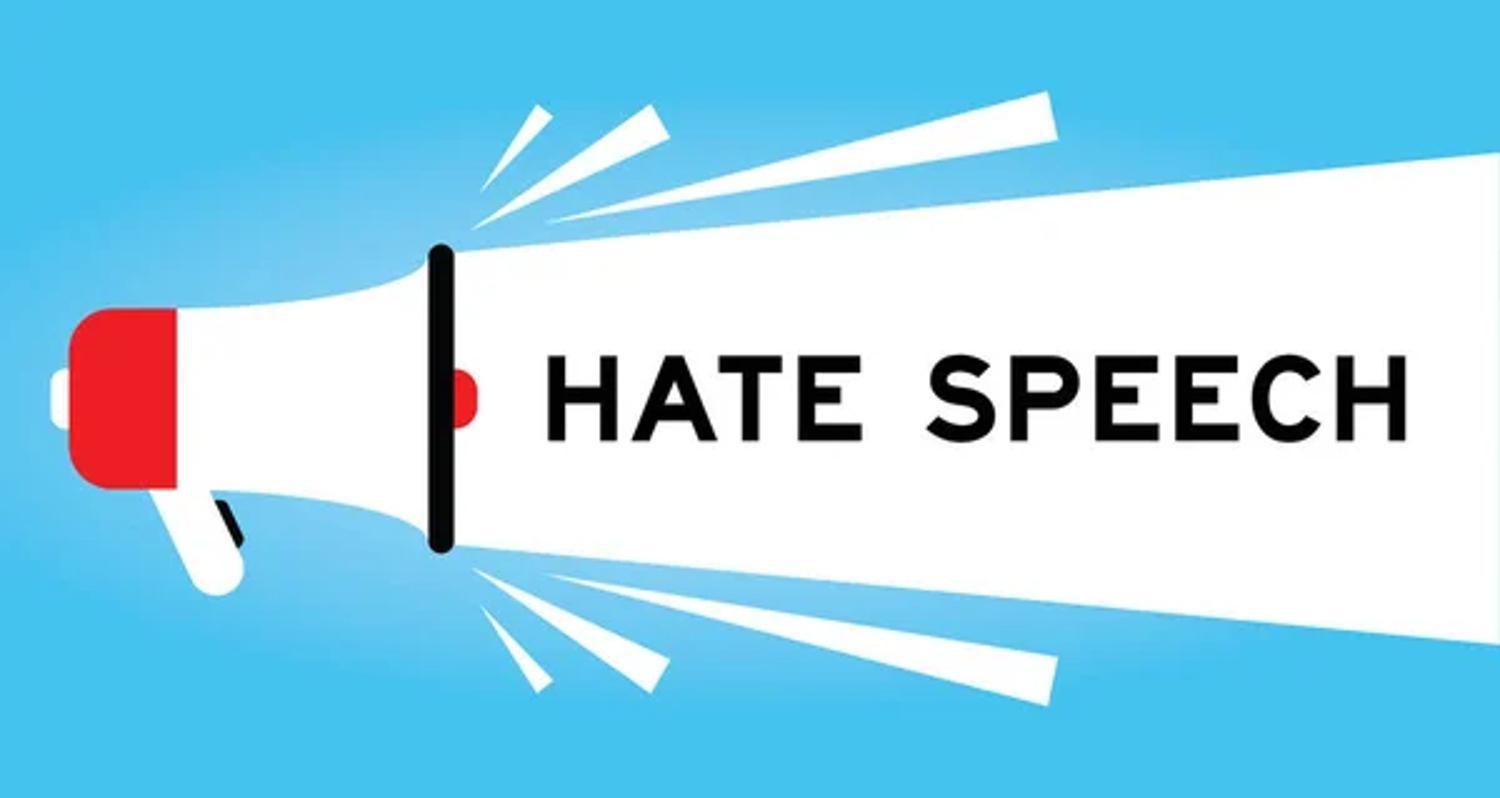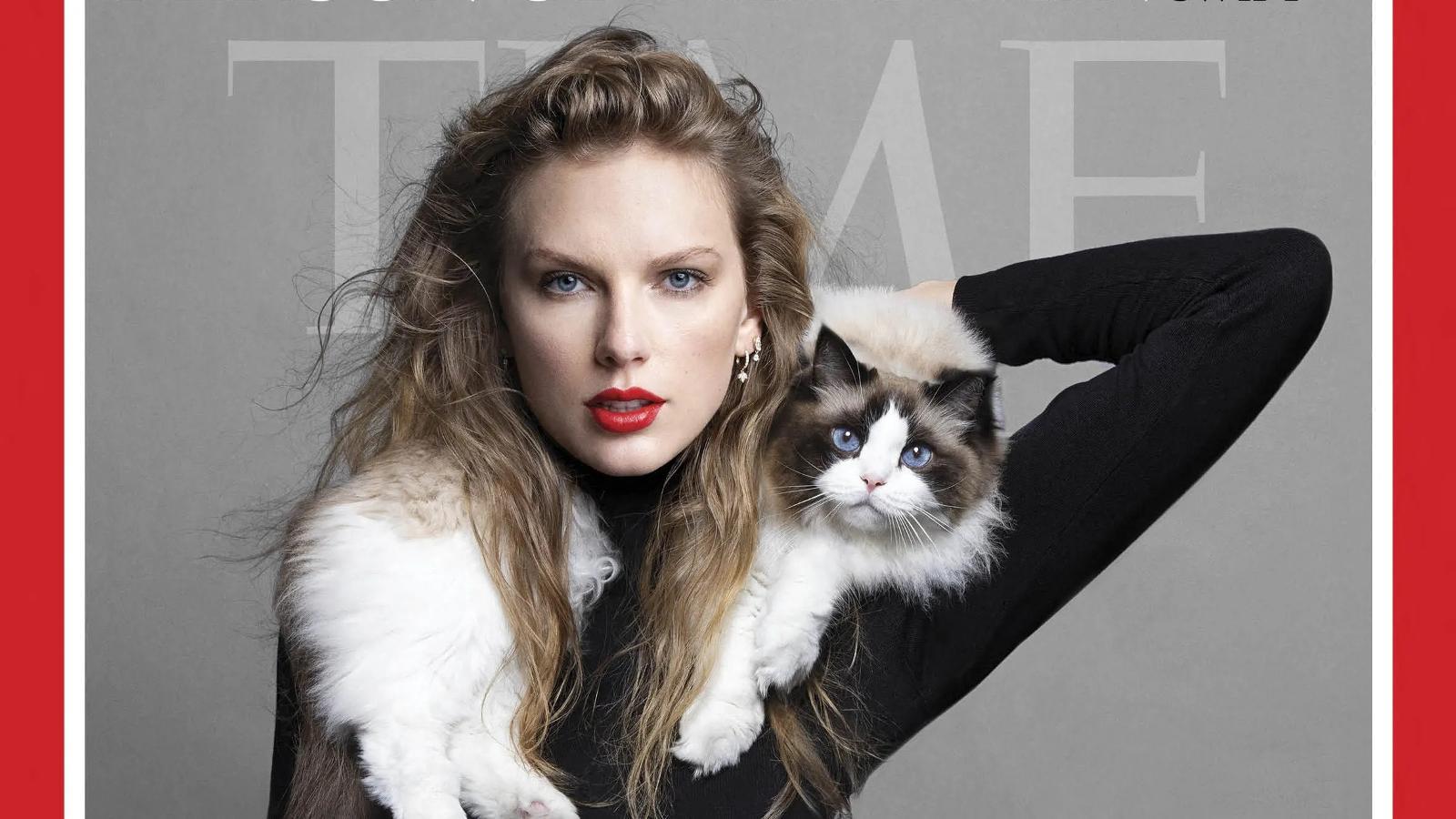Over the past few decades, the media industry has grown beyond what anyone ever could have imagined. However, the industry is also facing more difficulties than ever before.
America is wildly divided, and the cultural war throughout the nation has made it nearly impossible for companies to promote their brands through various media channels. In fact, some companies say it’s now too risky to work in media.
What Is the American Culture War?

The term “culture war” was coined in 2021 to describe the ongoing conflict between the American people. On one side are progressive or liberal Americans, and on the other is the traditional or conservative population.
This internal conflict isn’t just political; it’s personal. It includes people’s religious, economic, social, racial, and gender beliefs, and this war has created two staunch groups that feel they have nothing in common with the other side.
Companies Are Desperately Afraid of Offending Customers

Because of this reality, companies are in constant fear that their decisions will alienate half of the population.
Not only do they have to ensure their promotions, slogans, and logos are entirely neutral, but these companies must also be exceptionally careful where and when to promote their brand. Otherwise, customers say they’re supporting hate speech.
Advertising on Websites, Networks, and Platforms

US-based companies spend an almost unbelievable $515.1 billion on advertising every year. From social media to streaming sites, live television, news networks, print media, and even games, there is no shortage of options to reach the target audience.
But the challenging part is ensuring that the company’s ads never run alongside anything that may offend their loyal and potential customers.
Supporting Hate Speech

For example, in 2017, millions of Americans spoke out against companies like Pepsi, Walmart, Johnson & Johnson, and Verizon for advertising their products alongside videos that included hate speech on YouTube.
Of course, the brands did not specifically choose to include their advertisements on controversial videos, but simply paid YouTube to portray their promotions. In response, most of these companies pulled their advertisements from YouTube, costing Google millions of dollars.
The Development of Brand Safety

After the YouTube boycott and other similar situations, media companies like Google and Amazon immediately began developing ways to ensure brand safety. Brand safety is another new term for the modern age, referring to protecting a company’s reputation when running digital marketing and advertising campaigns.
Essentially, media platforms promised brands that, thanks to new software, their advertisements wouldn’t be shown alongside anything that could be considered controversial.
Brand Safety Software Is Exceptionally Efficient

Brand safety software uses specific blacklisted keywords, people, and topics from each individual brand’s advertisements to ensure the conservative brands aren’t marketed on liberal-leaning media and vice versa.
However, many marketing professionals say brand safety software has actually become too efficient.
Everything Is Controversial

One example of the intensity of these programs is when Taylor Swift was named Time Magazine’s “Person of the Year,” and certain ads were automatically pulled from the issue because her recent album included feminist messaging.
And that’s just one instance. Ads are being pulled left and right from videos, articles, and social media posts if they are even slightly linked to one of the banned keywords.
Downsides to Brand Safety Software

Almost every company now uses brand safety software to ensure their ads aren’t placed alongside controversial material and they are technically working.
However, this new system has many adverse side effects. Not the least of which is that companies can no longer advertise to a wide variety of customers; businesses now have to choose whether to market to liberals or conservatives.
Brand Safety Is Intensifying the Culture War

What’s even more frustrating is that brand safety is both a result of and a subsequent cause of the ongoing culture war.
As Mark Penn, the former chief strategy officer of Microsoft and current CEO of Stagwell marketing group, explained, “We don’t want to be in the position of demonetizing one perspective or another. We want advertisers to feel like it’s part of their civic responsibility to be advertising behind all perspectives.”
Advertising Didn’t Used to Be This Complicated

Division in advertising is a new problem simply because media used to be much different than it is now. At the end of the 20th century, only a number of outlets primarily produced professional content.
Now, companies have to work with hundreds of websites, channels, and platforms to promote their products. And Americans have decided they won’t stand for companies promoting their brands alongside anything they personally disagree with.
It’s Too Late to Go Back

Unfortunately, even though brands and marketing companies fully understand the downsides of brand safety advertisements, it’s too late to reverse the trend.
As Richard Raddon, the CEO of Zefr, a brand suitability software company, explained, “No matter how much you pound your fist on the table saying that brands shouldn’t care what they’re adjacent to, it’s just not going to change.”








































